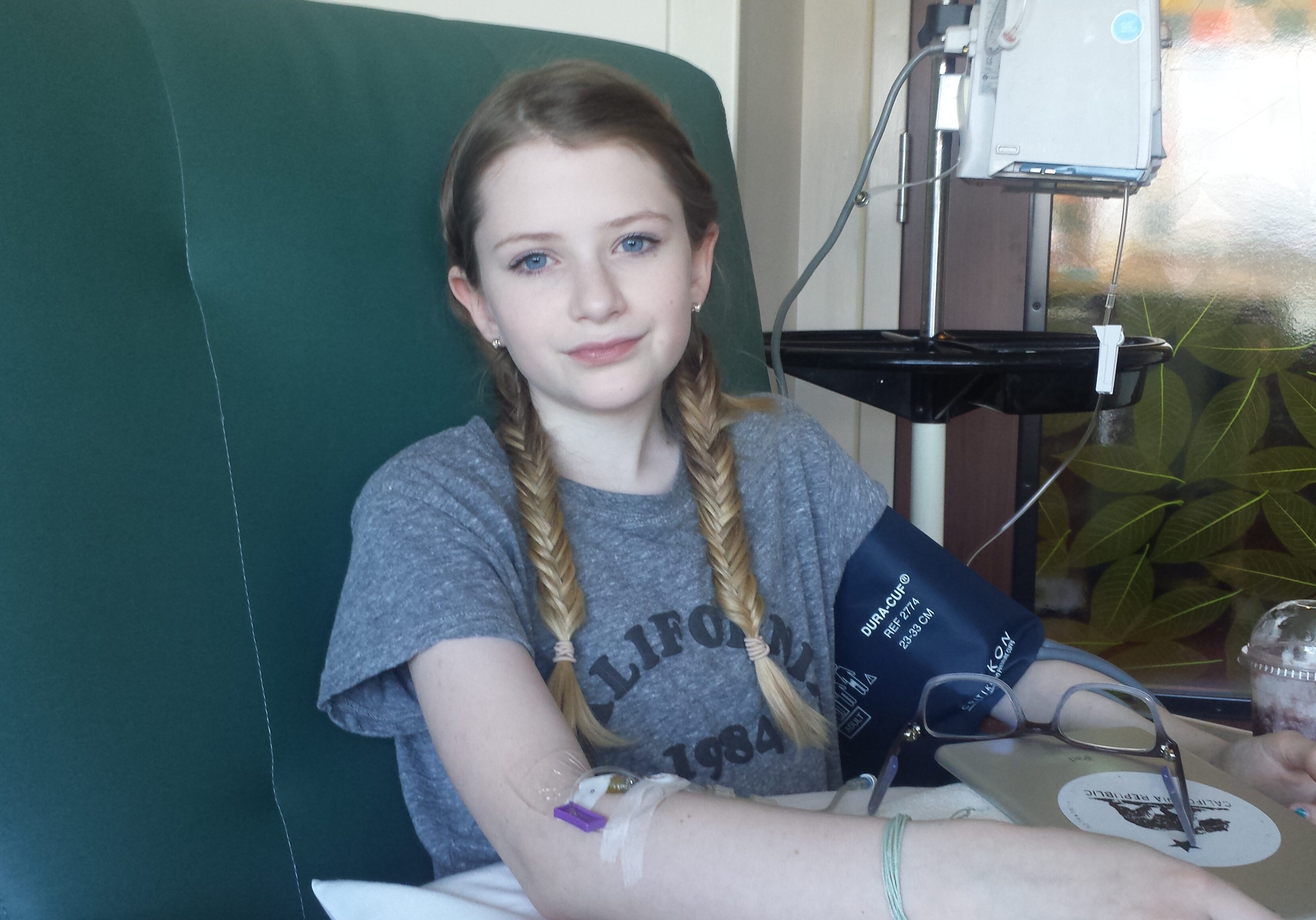
What is CRMO/CNO?
Chronic Recurrent Multifocal Osteomyelitis (CRMO) is a potentially serious disease. It involves inflammation of one or multiple bones that can be long lasting, or chronic. Symptoms can come and go. Inflammation may start in one bone, but later develop in other bones. CRMO is sometimes called Chronic Non-bacterial Osteomyelitis (CNO) by physicians and in publications. “Non-bacterial” means there is no bacterial infection. Some physicians prefer this term because the disease is not always recurrent or multifocal in nature.
CRMO is under-recognized, which means many doctors may not be familiar with this disease. Currently there are about 400 cases reported in the literature of patients with CRMO.
Some children with CRMO have an increased risk of developing psoriasis, inflammatory bowel disease (Crohn’s Disease or Ulcerative colitis), arthritis and eye disease (uveitis).

What Causes CRMO/CNO?

The cause of CRMO is unknown. Some evidence suggests that while part of the immune system is involved, the exact cause has not been determined at this time. Genetic and environmental factors may also play a role. Researchers have found that certain chemicals in the blood involved in inflammation, called cytokines, are increased and may contribute to the disease.
Some of these cytokines affect bone health. There are two main type of cells needed for bone development in children. One type of cell makes bone, called osteoblasts, and the other breaks down the bone, called osteoclasts. In normal bone development, these two cells “talk” to each other to build healthy bone in harmony.
In CRMO disease, the abnormal cytokines cause the osteoclasts to become too active and break down more bone than they should. This causes inflammation and can lead to bone damage and pain. Fractures may occur when there is too much breakdown of bone.
Even if pain is better with treatment, active inflammation may still be present. This is why your physician may need to continue your medications.

